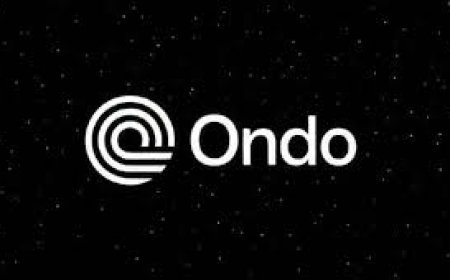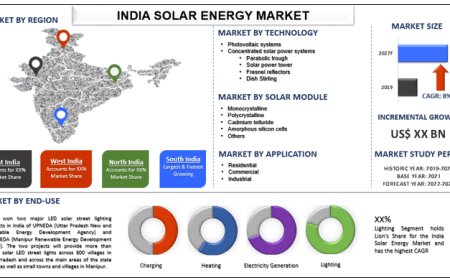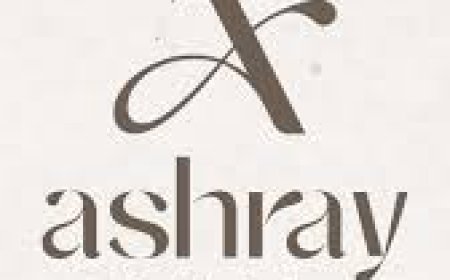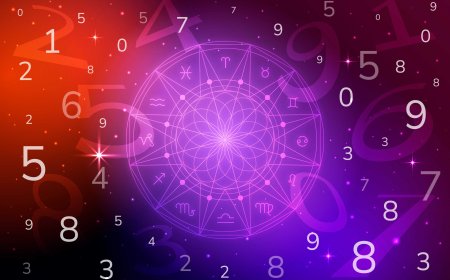The Origin and Development of Vedic Astrology
Discover the origin and development of Vedic astrology, from its ancient roots in the Vedas to its evolution into a sophisticated system of astrological wisdom still widely practiced today.

Vedic astrology, also known as Jyotish Shastra, is one of the oldest systems of astrology in the world. Its history is deeply rooted in the ancient Indian scriptures called the Vedas, and its development has spanned thousands of years, continuously evolving through observation, experience, and spiritual understanding.
In this article, well explore the origin and development of Vedic astrologyhow it began, how it grew, and how it remains relevant in the modern era.
Ancient Beginnings: Astrology in the Vedas
The term Vedic refers to the Vedas, the oldest sacred texts of India, believed to have been composed over 5,000 years ago. These texts include the Rigveda, Yajurveda, Samaveda, and Atharvaveda. Vedic astrology originated from the Rigveda, which mentions celestial bodies and their influence on human life.
The earliest form of astrology wasnt about personal horoscopes. Instead, it was used to determine the best times for performing rituals, sacrifices, and ceremonies. It helped the sages and priests align their spiritual practices with the cosmic order.
Development Through the Ages
As centuries passed, Vedic astrology transitioned from being ritual-based to a more personal, predictive system. Around 500 BCE, important texts like the Vedanga Jyotisha were compiled. These works began to define planetary positions, nakshatras (lunar constellations), and timing systems more precisely.
Later, prominent sages like Parashara and Jaimini expanded and systematized Vedic astrology. The Brihat Parashara Hora Shastra is one of the most comprehensive texts of Jyotish and is still widely studied today. These sages brought in key concepts such as:
-
Rashis (Zodiac Signs)
-
Bhavas (Houses)
-
Grahas (Planets)
-
Dashas (Planetary Periods)
-
Yogas (Combinations and Patterns)
Their work turned astrology into a powerful tool to predict a persons karma, health, relationships, finances, and spiritual growth.
Influence of Astronomy and Mathematics
One of the unique aspects of Vedic astrology is its strong link to astronomy and mathematics. Ancient Indian astronomers like Aryabhata and Varahamihira made significant contributions in tracking planetary motion, eclipses, and celestial calculations. This scientific approach set Vedic astrology apart from other systems.
For example, the Surya Siddhanta, an astronomical text dating back to the 4th century CE, provided accurate planetary positions using complex math. These precise calculations were later integrated into astrological predictions, making them more accurate and reliable.
Vedic Astrology and Spiritual Philosophy
Unlike Western astrology, Vedic astrology is not just a predictive toolit is deeply spiritual. It believes in the law of karma, reincarnation, and dharma (life purpose). A birth chart, or Janma Kundali, reflects your past karma and guides you toward your future path.
This spiritual framework allows Vedic astrology to go beyond mere predictions. It helps individuals align their lives with cosmic forces, guiding them toward inner peace, harmony, and self-realization.
Role of Dashas and Nakshatras
One of the most powerful features of Vedic astrology is the Dasha systema method of timing events in life. The most popular among these is the Vimshottari Dasha, which maps out planetary influences over a 120-year cycle.
Another unique component is the use of Nakshatras, or 27 lunar constellations, which divide the zodiac into finer segments. Each Nakshatra has its own personality, ruling deity, and symbolic meaning, offering deeper insights than the traditional 12 zodiac signs.
Modern-Day Relevance
Despite being thousands of years old, Vedic astrology remains relevant in todays world. People consult astrologers for everything from marriage compatibility and career advice to health concerns and spiritual guidance. With the rise of online platforms and AI-driven astrology tools, Vedic astrology has become more accessible than ever before.
In fact, modern astrologers are blending ancient wisdom with todays technologies to create personalized experiences. From free online birth charts to in-depth consultations, the reach of Jyotish is growing globally.
For those interested in specific areas like question-based predictions, the branch of Prashna Shastra or Horary astrology is also gaining popularity. To understand this practice and how it fits into the broader history, explore the vedic astrology history on trusted platforms.
The Continued Legacy
The origin and development of Vedic astrology is not just a tale of stars and planetsit is a testament to the depth of human inquiry, observation, and connection to the cosmos. From ancient sages gazing at the skies to modern seekers using apps and software, the journey of Vedic astrology continues to unfold.
Its foundation in karma, its connection to spiritual growth, and its astonishing accuracy in predictions make it a timeless guide for those who wish to understand themselves and the universe on a deeper level.






































